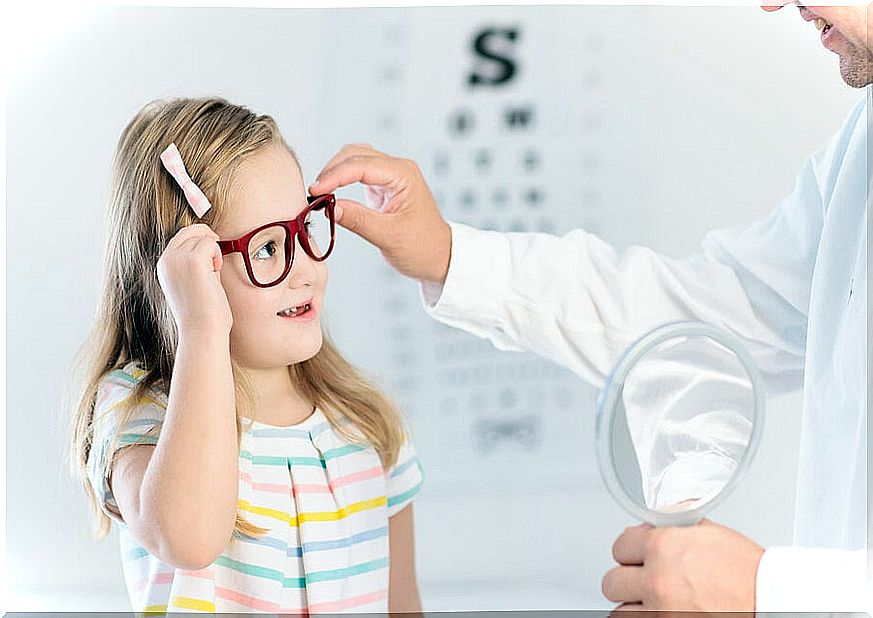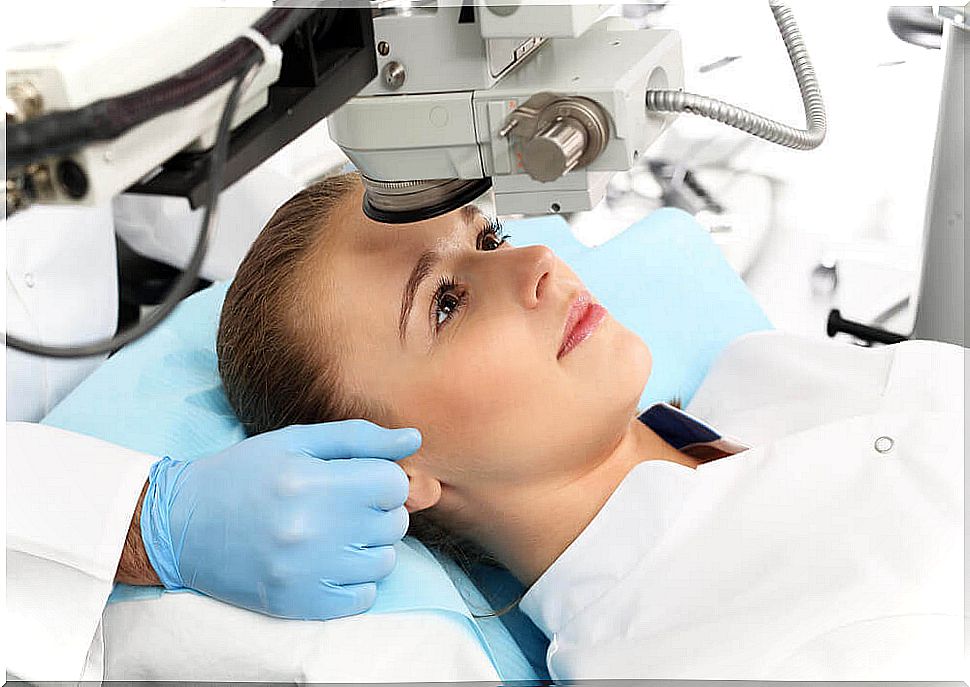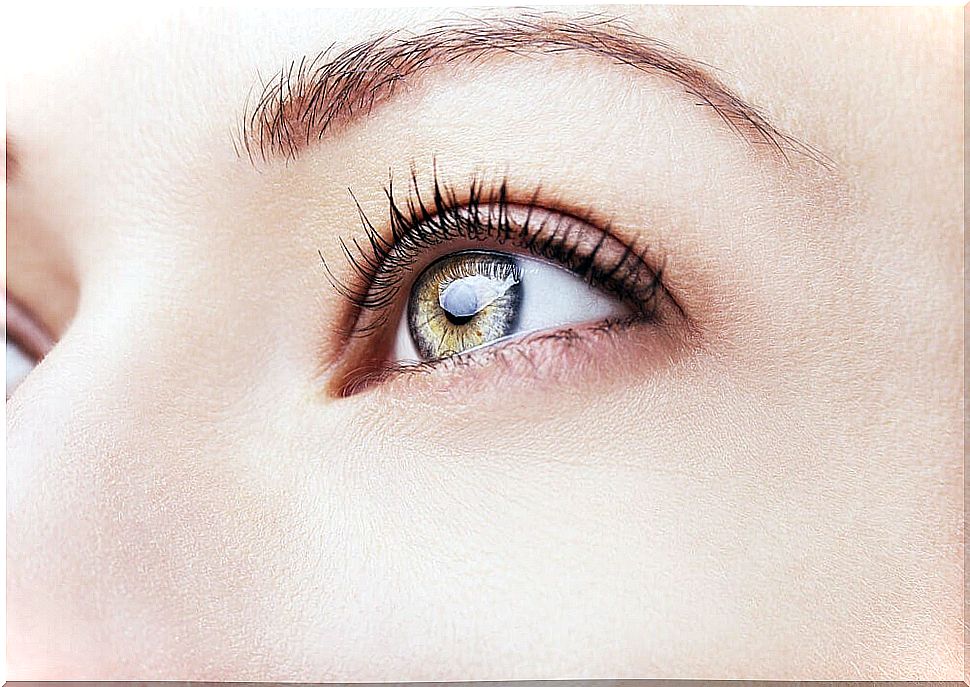Surgery For Myopia: Everything You Need To Know
Myopia is a disorder in which the subject is unable to correctly focus on distant objects. Therefore, he perceives them in a blurry and undefined way. Although it can be treated with lenses, there is currently a surgery that corrects it. We’ll tell you then.
What is myopia?
To understand how myopia occurs, it is necessary to first understand the process of vision.
Normally the light we receive must pass through a series of layers that form our eyes until it reaches the optic nerve that leads it to the brain:
- First, it passes through the cornea and a liquid called aqueous humor.
- It then passes through the lens and a liquid substance, the vitreous humor. Likewise, the image is projected onto the retina, the back layer of the eye. On the other hand, the image that is sent is upside down, it is the brain that processes it and rotates it.
- Finally, the light is captured by the photosensitive cells of the retina and is transformed into a nerve impulse to be received by the optic nerve and travel to the brain.
When the image is not projected onto the retina correctly, visual disturbances occur.
In the case of myopia, the light is projected just in front of this layer and the more distance there is, the more difficult it is for the patient to focus or more diopters.
The images are therefore focused in front of the retina instead of on it. Therefore, in this disorder, objects that are close can be seen clearly, but objects that are far away are blurred.
Nearsightedness can manifest gradually, but it usually worsens during childhood and adolescence. It has a genetic and hereditary component.
This alteration may be due to the cornea being too bulged or the eyeball being larger than usual.
Possible causes of myopia
The most frequent causes are:
- Heredity. If either of your parents is nearsighted, this increases your chances of developing the same disorder. The risk is even higher if both parents are nearsighted.
- Pathological. Some diseases can cause temporary or permanent visual damage. For example, cataracts, keratoconus, or diabetes 2.
- Environmental Some studies argue that spending little time outdoors can increase your chances of developing myopia.
- Reading and screens at short distance. People who read a lot, write a lot, or do computer work may be at higher risk of developing myopia. Also those who spend a lot of time with electronic games or watching the TV screen.
Symptoms and diagnosis of myopia
Symptoms of myopia can include:
- Blurred vision when looking at distant objects
- Squinting your eyelids to see clearly
- Eye strain headaches
- Difficulty seeing when driving a vehicle, especially at night.

Myopia is usually first detected during childhood. It is generally diagnosed in the early years of primary school and adolescence to.
Myopia is usually detected in regular visual acuity checks or when the patient begins to feel visual disturbances. Therefore, it is essential to pay attention to children and their visual behavior.
Myopia treatments
Treatment will depend on the characteristics of the myopia. We can classify them according to the following criteria:
- Palliative. They counteract the alteration temporarily. The use of glasses or contact lenses must be prescribed and controlled by a specialist.
- Definitive. They refer to surgical interventions, especially refractive surgery.
Using refractive surgery to correct myopia
Refractive surgery is a method to correct or improve your vision. There are several types of surgical procedures to adjust the focusing ability of the eye by shaping the cornea. Other medical procedures include the implantation of a lens inside the eye.
The most commonly performed type of refractive surgery is the LASIK (Laser-Assisted in Situ Keratomileusis) procedure, which uses a laser beam to shape the cornea.

LASIK surgery cuts a small part of the outer layer of the eye or cornea. The corneal tissue is then modified with ultraviolet light to correct the refraction of the light. Finally the removed tissue is replaced.
Side effects of refractive surgery

The patient may suffer a series of side or unwanted effects after the medical operation. The most common are the following:
- Ocular dryness.
- Occasional tearing
- Discomfort and sensitivity to light.
- Detached retina.
- Persistence of myopia although with a reduction in the number of diopters with respect to the situation before the operation.
- Hyperopia or projection of the image behind the retina.
- Increased intraocular pressure. This alteration is a high risk factor for developing glaucoma.
Although LASIK surgery has a high success rate, it is important to discuss all facets of the procedure with the surgeon before consenting to surgery. Also, if you experience any of the side effects or suspect your visual acuity, it is recommended that you visit your doctor as soon as possible.
LASIK has been performed in millions of patients for more than 10 years, and the overall complication rate is low, between 0.2 and 2 percent of all patients. Infection and inflammation may be present, as in any other surgical procedure, which can be cured with medication.









